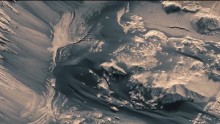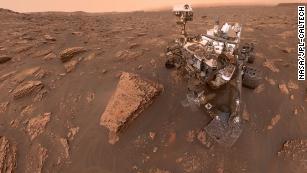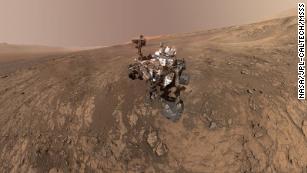Evidence detected of lake beneath the surface of Mars
(CNN)A lake of liquid water has been detected by radar beneath the southern polar ice cap of Mars, according to a new study by Italian researchers from the Italian Space Agency, published Wednesday in the journal Science.
Evidence was gathered by the Mars Advanced Radar for Subsurface and Ionosphere Sounding instrument, also known as MARSIS, on the European Space Agency's Mars Express spacecraft.
Between May 2012 and December 2015, MARSIS was used to survey the Planum Australe region, which is in the southern ice cap of Mars. It sent radar pulses through the surface and polar ice caps and measured how the radio waves reflected back to Mars Express.
Those pulses reflected 29 sets of radar samples that created a map of drastic change in signal almost a mile below the surface. It stretched about 12.5 miles across and looked very similar to lakes that are found beneath Greenland and Antarctic ice sheets on Earth. The radar reflected the feature's brightness, signaling that it's water.
A large streak of 'blue' was found on the Red Planet
"We interpret this feature as a stable body of liquid water on Mars," the authors wrote in the study.
The study authors ruled out any other causes for this brightness, apart from water-rich sediments.
"This is just one small study area; it is an exciting prospect to think there could be more of these underground pockets of water elsewhere, yet to be discovered," said Roberto Orosei in a statement. Orosei is the lead study author and principal investigator of the MARSIS experiment.

Photos: Water in the solar system
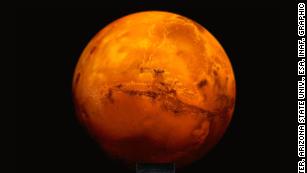

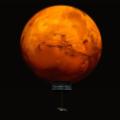
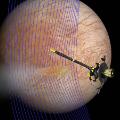

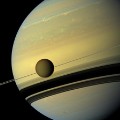






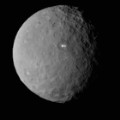

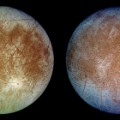
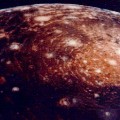
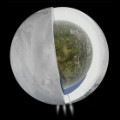
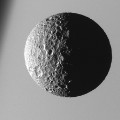
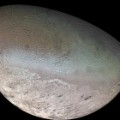
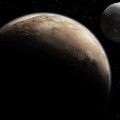
Previously, there has been some suggestions about water on Mars, like droplets of water condensing on the Phoenix lander or as the possible cause of recurring slope lineae, which are seasonal dark streaks on Martian slopes. But there hasn't been evidence of stable bodies of water until now, the researchers said. However, the presence of liquid water at the base of Martian polar caps was first hypothesized in a study 31 years ago.
Given its location beneath the polar ice cap, the water is expected to be below the freezing point of water. But salts like magnesium, calcium and sodium already found on Mars could help the water to form a brine, which would lower the melting point to allow the lake to remain liquid.
Martian dust storm has become 'planet-encircling,' NASA says
On Earth, lakes exist below the Antarctic ice sheet even though the mean annual temperature is around negative 76 degrees Fahrenheit. Brine lakes on Earth can remain liquid at 8.6 degrees Fahrenheit, according to the study. In comparison, salty ocean water freezes at 28.4 degrees Fahrenheit, according to the National Oceanic and Atmospheric Administration.
Much like our own ice sheets, the polar ice caps change depending on the climate and act as archives for what has happened in the past. Learning more about these caps can reveal Mars' climate history.
"The long duration of Mars Express, and the exhausting effort made by the radar team to overcome many analytical challenges, enabled this much-awaited result, demonstrating that the mission and its payload still have a great science potential," said Dmitri Titov in a statement, Mars Express project scientist. "This thrilling discovery is a highlight for planetary science and will contribute to our understanding of the evolution of Mars, the history of water on our neighbor planet and its habitability."
But how reliable are these detections?
Outside experts have not been able to confirm these findings with other radar detections, like SHARAD, the Shallow Radar sounder onboard the Mars Reconnaissance Orbiter.
NASA's Curiosity rover finds organic matter on Mars
"We don't see the same reflector with SHARAD, not even when we recently summed together [thousands] of observations to create CATSCAN-like 3-D views of both polar caps," Nathaniel Putzig, Mars Reconnaissance Orbiter SHARAD deputy team leader and senior scientist at the Planetary Science Institute, said in an email.
"We're hoping to carry out that same imaging process with the MARSIS data next. I'm excited to see how the 3-D imaging will clarify the view of this detection and whether we will find similar ones elsewhere beneath the polar caps."
News Courtesy: www.cnn.com

